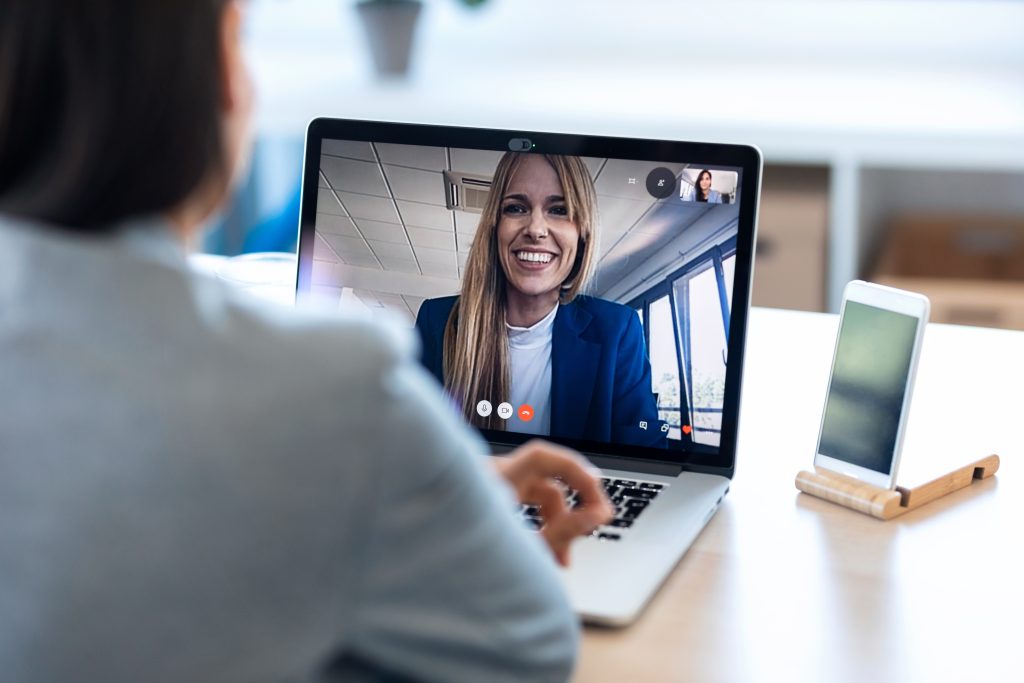
The Good Newsletter – June 2025
Profile Media has taken out two big wins so far in 2025, and we couldn’t be prouder.

You’ve probably noticed in recent years Zoom or Skype interviews have become commonplace on television news and programs since the need for them arose when COVID hit – and it looks like they’re set to stay.
While most presenters and reporters are back in the newsroom, talent for interviews can often be recorded more easily from home or in the field.
This means if you’re doing a TV interview, there’s a high likelihood it will happen remotely rather than in studio or at another location – where a reporter or cameraperson would be giving you tips on where to stand and look.
Although location doesn’t matter for remote interviews, there’s a lot to prepare to make sure you ace the interview – good lighting, framing and audio are essential.
Here are some tips to make remote interviews easier, to ensure you can make the most of the great exposure a television appearance offers your business, brand or research.
Follow these tips and it’s highly likely you’ll be invited back on TV again!

Profile Media has taken out two big wins so far in 2025, and we couldn’t be prouder.

In our workplace, we believe staying ahead in the dynamic world of public relations requires more than just industry knowledge. It demands continuous learning, passion, and genuine curiosity.
That’s why our team actively participates in conferences throughout the year, often chosen to align with individual interests and expertise. This
Let’s talk about how you can have a bigger impact
Leave your details below and let’s chat about your goals, and how we could help achieve them.
Contact
Phone: 1300 123 110
Email: info@profilemedia.com.au

Profile Media Communications
Navigation